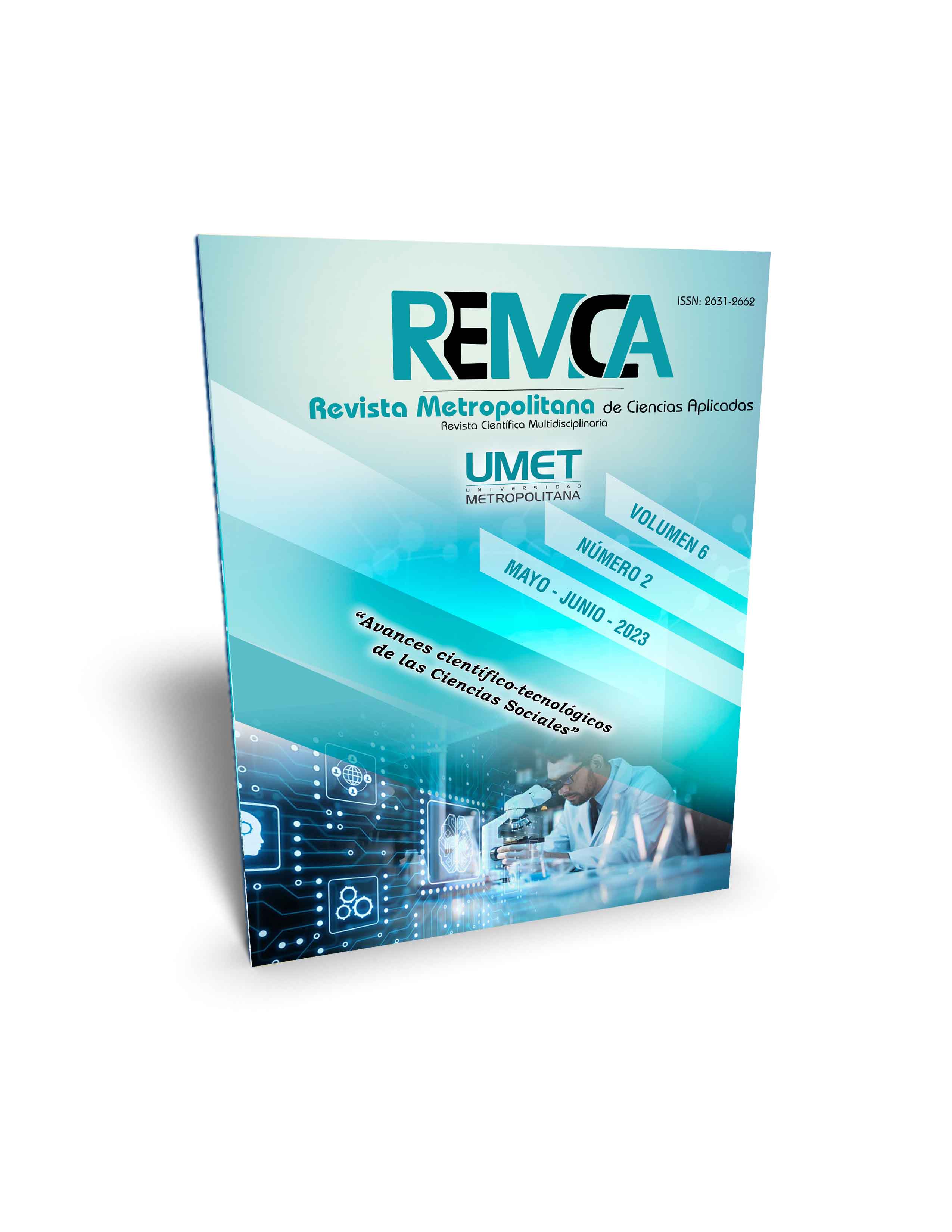Effectiveness of the drug consumption table in the identification of drug trafficking, microtrafficking and consumer
DOI:
https://doi.org/10.62452/vp4xt743Keywords:
Table of narcotic substances, drug use, drug trafficking, criminal policyAbstract
The consumption table was established to, in addition to reducing the use of narcotic and psychotropic drugs, complement the classification of the crime of drug trafficking, since it is from its use that each type of trafficking can be classified based on the amounts of narcotics and their special characteristics. However, since its promulgation it has been widely questioned. Consequently, the objective set forth in this article is to critically review and from a qualitative point of view, the configuration of the table of substances, so that its influence and practicality in tracking micro-trafficking and drug trafficking in Ecuador can be impartially validated; in order to identify the types of consumers that require assistance for their rehabilitation, and mentioning their impact in relation to the current situation in the country, considering the current regulations, especially aimed at leaving the criminal figure as non-punishable in the case of people who, due to the amounts they carry in their body, can be classified as consumers. This is achieved through a qualitative methodological approach and with the application of methods such as analytical-synthetic and inductive.
Downloads
References
Ecuador. Asamblea Nacional Constituyente. (2008). Constitución de la República del Ecuador. Registro Oficial 449. https://www.oas.org/juridico/pdfs/mesicic4_ecu_const.pdf
Ecuador. Ministerio de Salud Pública. (2022). MSP se adhiere a la campaña «El Tabaco, una amenaza para nuestro medio ambiente. https://www.salud.gob.ec/msp-se-adhiere-a-la-campana-el-tabaco-una-amenaza-para-nuestro-medio-ambiente/
Espinosa Duarte, M. C., & Sánchez Burgos, M. A. (2022). Efectos socio-jurídicos de la eliminación de la tabla de porte de drogas en Ecuador. (Trabajo de titulación). Universidad de Guayaquil.
Johnson & Johnson, S.A. (2020). Nicorette. https://www.nicorette.es/porque-dejar-de-fumar/fumador-pasivo
López Soria, Y. (2016). La configuración legal del delito de tráfico de drogas en Ecuador contrapone los principio in Dubio Pro Reo y el Nullum Crime Nulla Poena Sine Lege. Uniandes Episteme. Revista De Ciencia, Tecnología E Innovación., 3(2), 212–221.
Metaal, P. (2009). Indulto de mulas en Ecuador, una propuesta sensata; Reforma Legislativa de Matria de Drogas. https://www.tni.org/files/download/dlr1s.pdf
Organización de las Naciones Unidas. (2022). Informe mundial sobre las drogas; consecuencias en materia de políticas. UNODC. https://www.unodc.org/res/wdr2022/MS/WDR22_Booklet_1_spanish.pdf
Ramírez-Loayza, D. K., Castillo-Aguirre, M. M., & Zamora-Campoverde , M. A. (2023). Evolución de los Arreglos Comerciales Preferenciales Otorgados por Estados Unidos a Ecuador. Economía Y Negocios, 14(1), 115–134.
Saavedra Campoverde, S. G. (2018). Sanciones a quienes excedan la tenencia para el consumo de drogas autorizadas en la tabla del Art. 220 del COIP. (Trabajo de titulación). Universidad de Guayaquil.
The Cannabis Web. (2022). Industria del Cannabis y del CBD. Información veraz y estudios. https://thecannabisweb.org/cannabis/
Transnational Institute. (2015). Reforma de las leyes de drogas. https://www.tni.org/es/publicaci%C3%B3n/reforma-de-la-ley-de-drogas-en-ecuador-guia-basica#2a
Downloads
Published
Issue
Section
License
Copyright (c) 2023 Kléber Milton Ordoñez-Bastidas, Yudith López-Soria (Autor/a)

This work is licensed under a Creative Commons Attribution-NonCommercial-ShareAlike 4.0 International License.
Authors who publish in Revista Metropolitana de Ciencias Aplicadas (REMCA), agree to the following terms:
1. Copyright
Authors retain unrestricted copyright to their work. Authors grant the journal the right of first publication. To this end, they assign the journal non-exclusive exploitation rights (reproduction, distribution, public communication, and transformation). Authors may enter into additional agreements for the non-exclusive distribution of the version of the work published in the journal, provided that acknowledgment of its initial publication in this journal is given.
© The authors.
2. License
The articles are published in the journal under the Creative Commons Attribution-NonCommercial-ShareAlike 4.0 International License (CC BY-NC-SA 4.0). The terms can be found at: https://creativecommons.org/licenses/by-nc-sa/4.0/deed.en
This license allows:
- Sharing: Copying and redistributing the material in any medium or format.
- Adapting: Remixing, transforming, and building upon the material.
Under the following terms:
- Attribution: You must give appropriate credit, provide a link to the license, and indicate if any changes were made. You may do this in any reasonable manner, but not in any way that suggests the licensor endorses or sponsors your use.
- NonCommercial: You may not use the material for commercial purposes.
- ShareAlike: If you remix, transform, or build upon the material, you must distribute your creation under the same license as the original work.
There are no additional restrictions. You may not apply legal terms or technological measures that legally restrict others from doing anything the license permits.




